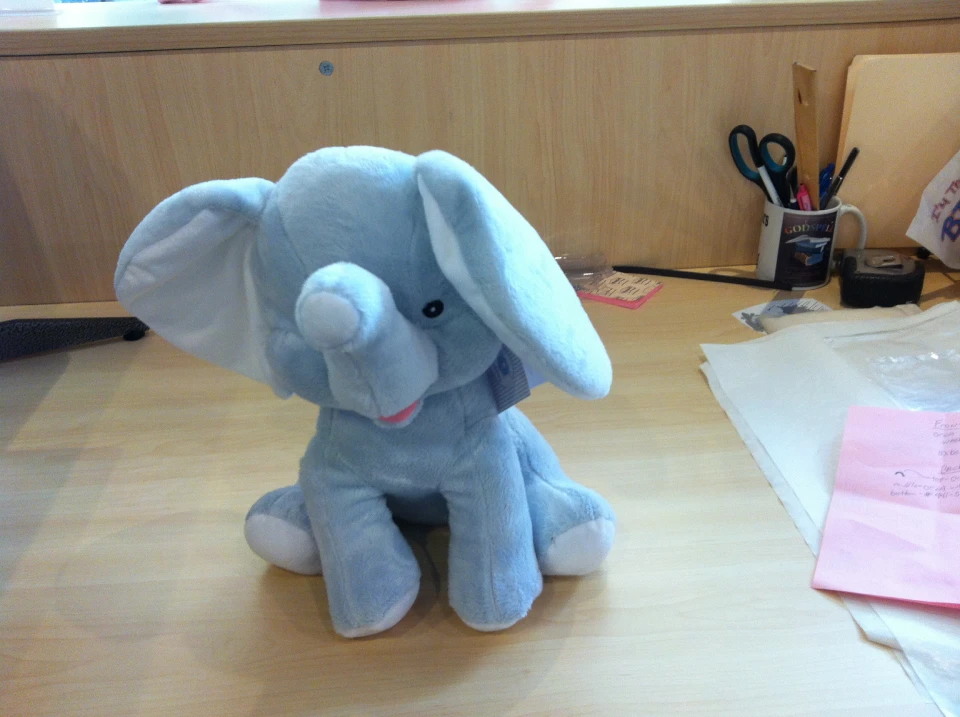Individualized Mugs with Customized Embroidery Designs for an Unique Present
Individualized Mugs with Customized Embroidery Designs for an Unique Present
Blog Article
The Art of Customized Needlework: Opening the Keys to Creating Special and Unforgettable Styles
The tricks to developing custom needlework styles that astound the eye and leave a lasting perception lie in a delicate balance of strategy, creativity, and focus to detail. As we delve into the globe of personalized needlework, we discover the nuanced interplay between thread choice, stitch complexity, and design personalization that raises a plain garment to a job of art.
Picking the Right Embroidery Threads
When picking embroidery threads, what essential factors should you consider to ensure the ideal outcomes for your custom-made designs? The choice of embroidery string is vital in determining the final result of your stitched style. Among the main factors to consider is the product of the thread. Different products such as cotton, polyester, rayon, and silk use varying degrees of shine, longevity, and appearance. It is vital to select a thread material that complements the material you are stitching on and straightens with the preferred look of the design.
In addition, the weight or thickness of the thread plays a considerable role in the look of the embroidery. Thicker threads can include dimension and appearance to your design, while finer strings are ideal for intricate details and little message. Additionally, taking into consideration the color fastness and washability of the thread is essential to guarantee that your personalized styles preserve their top quality and vibrancy over time. By carefully examining these factors and choosing top quality threads that meet your details requirements, you can enhance the visual allure and durability of your embroidered productions.
Exploring Various Stitch Methods
To look into the world of 'Exploring Various Stitch Methods', one need to realize the ins and outs and nuances that each stitching method brings to the art of embroidery. Various stitch methods not just add aesthetic rate of interest but also contribute to the total texture and dimension of the design. One preferred stitch strategy is the satin stitch, which includes carefully jam-packed parallel stitches to produce a smooth and shiny surface area, suitable for filling in forms and creating bold describes.
On the other hand, the backstitch is a flexible technique commonly used for describing and adding great information. It includes sewing in reverse to create a solid line of embroidery. In addition, the French knot stitch adds a responsive element to layouts, best for developing distinctive accents like blossom centers or decorative touches.
Discovering various stitch methods enables embroiderers to play with light, shadow, and deepness within their layouts, raising the visual allure and creative quality of their needlework tasks. By understanding various stitching approaches, one can unlock endless opportunities for developing special and remarkable custom embroidery pieces.
Incorporating Personalized Style Components
Having discovered the ins and outs of various stitch strategies such as the satin stitch, backstitch, and French knot, the emphasis now moves towards including personalized design elements in customized embroidery projects. blog here Personalized layout elements play an essential role in making embroidery projects absolutely distinct and unforgettable.
One more means to incorporate individualized style elements is by consisting of icons or concepts that hold unique meaning to the recipient or mirror their interests and individuality. For instance, integrating a favorite flower, pet, or hobby-related sign can make the needlework design a lot more significant and tailored. In addition, choosing shades that resonate with the recipient or straighten with the intended theme can even more improve the personalization of the embroidery task.
Mastering the Art of Color Coordination

One trick aspect of shade coordination is comprehending color theory. This includes knowing exactly how various colors interact with each other, the feelings they convey, and exactly how they can be combined to create aesthetically enticing designs. By applying shade concept concepts, embroiderers can create harmonious shade schemes that enhance the total appearance of the style.
Additionally, paying focus to comparison is vital in shade sychronisation. Utilizing contrasting colors can assist particular components of the layout pop, boost readability, and produce a visually dynamic needlework piece. By grasping the art of shade sychronisation, embroiderers can raise their designs and produce remarkable items that reverberate with customers made to order dress shirts and visitors alike.
Enhancing Appearance With Advanced Embroidery Stitches
Bullion knots, on the other hand, can be made use of to develop twisted, ropelike elements that add a luxurious feeling to the needlework. Exploring with these innovative embroidery stitches allows you to press the boundaries of standard embroidery and develop absolutely unique and visually appealing appearances in your layouts.
Conclusion
To conclude, the art of customized embroidery involves a combination of picking the right strings, exploring different stitch strategies, integrating tailored style elements, understanding color sychronisation, and improving texture with innovative stitches. By recognizing and implementing these crucial elements, embroiderers can develop distinct and memorable designs that display their creativity and ability. Embroidery enthusiasts can unlock the secrets to creating attractive and custom items that attract attention and leave an enduring impression.
Report this page